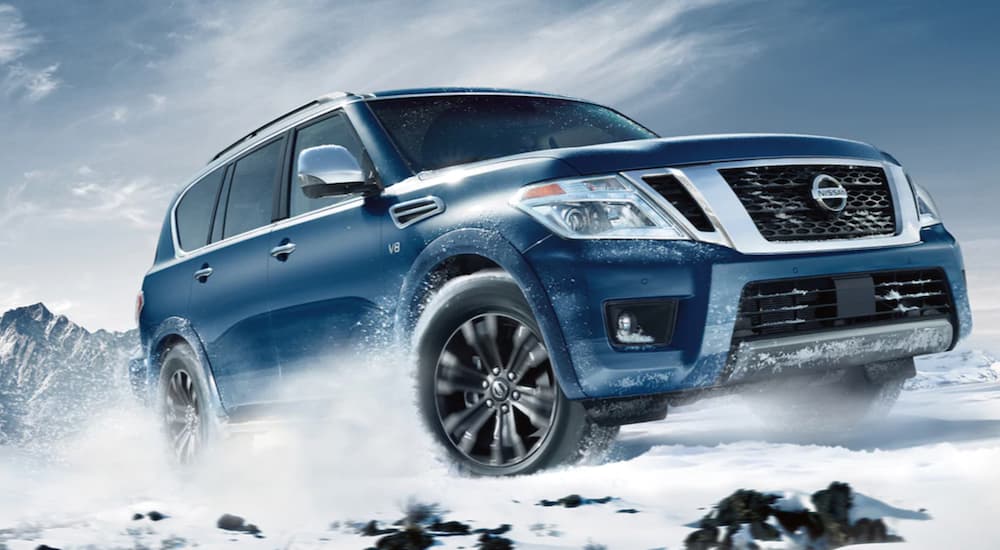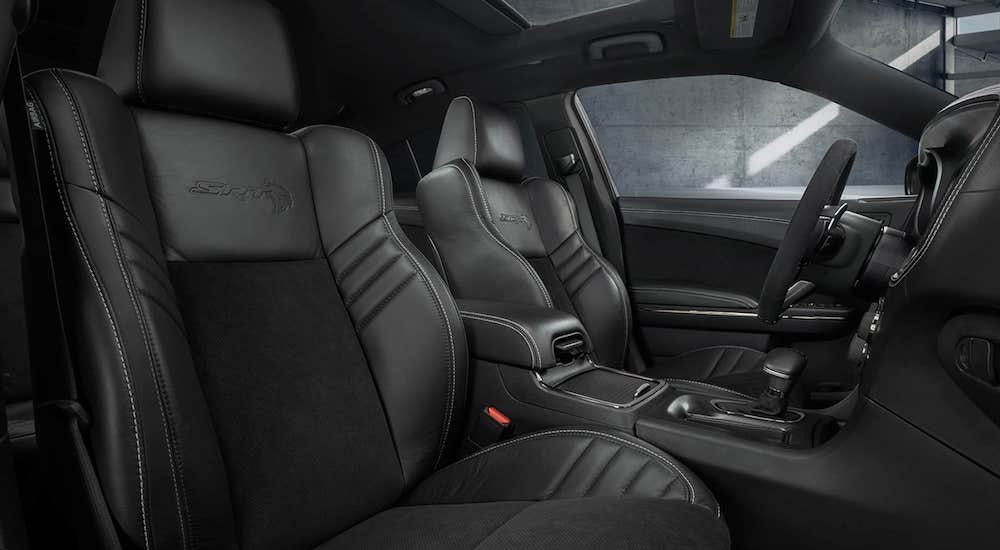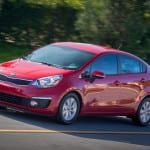When you’re shopping for a new car, there are certain options and features you’re likely looking for. You certainly are not alone when trying to find the perfect vehicle. There are numerous options you can get from the factory or the dealer, and some are more popular than others. For example, the “2022 Future Attribute Demand Study” by AutoPacific found that 66% of potential buyers and leases wanted heated seats in their new vehicle, whereas only 7% were interested in hands-free driving.
The one thing those features have in common is that they add to the overall price tag. With the consumer price index of new vehicles still near an all-time high, as I write this, every dollar counts, and you want to get some bang for your buck. Unfortunately, some new car options cost a lot more than they’re worth—but automakers and dealers will try to sell you them anyway. In this guide, I’ll review nine overpriced car options, features to avoid, and some potential alternatives.
1. Extended Warranties
On paper, an extended warranty sounds great, offering peace of mind beyond the standard warranty that comes with your vehicle. However, they usually cost more than they’re worth. USA Today found that the average extended warranty costs $108 a month and usually only covers certain problems. With those limitations and many modern vehicles lasting 200,000 miles or more, there’s a good chance you’ll never end up using the added coverage. Most vehicles come with a pretty good factory warranty, anyway; even the low-end warranties typically cover three years/36,000 miles. You’re better off skipping the extended warranty and putting aside a little money for emergency repairs if they’re needed.
2. Dealer-Applied Undercoating and Rust-Proofing
This is another feature that seems good in theory but is a waste of money in practice. Modern vehicles already have good rust and corrosion protection when they leave the factory, so the dealer adding it to a new car is redundant. Car and Driver has noted that dealer-installed undercoating and rust-proofing can even void parts of the manufacturer’s warranty. Finally, dealers have been known to charge $1,000 or more for these services. Once the factory coatings have worn off after a few years, an auto body shop will usually apply new coatings for a fraction of that price.

3. High-End Sound Systems and Infotainment Systems
Great audio and infotainment are certainly useful to have in a vehicle. You should avoid getting them directly from the factory or dealer, though, as they are known to mark these systems up significantly. And while factory audio and entertainment systems have made strides in recent years, aftermarket systems still offer better overall quality and customization options for the money. You will get much better value if you purchase a vehicle with a basic system and then buy a premium aftermarket system that you can install yourself or have installed by a technician.
4. Big Wheels
If you frequently engage in high-performance driving, then up-sizing your wheels can be worthwhile, as they provide added top speed and traction in these conditions. For everyday commuters, though, you’re spending more money to make the vehicle run worse. Larger wheels weigh more, causing more strain on the engine and steering system while hurting fuel mileage. Furthermore, unless you also install a lift kit, they will require tires with shorter sidewalls, which don’t absorb bumps as well and thus make the ride rougher. They can even mess up your anti-lock brakes if not properly programmed. At any price, oversized wheels offer no real advantages to daily drivers beyond looking nice.
5. Flush Electronic Door Handles
Many newer vehicles have standard or optional door handle designs that retract while you’re driving, which purportedly improves fuel mileage and can help prevent accidental openings. However, they are difficult to get used to and more likely to ice over in cold temperatures. Plus, if the electronics fail or the vehicle loses power, you can’t get in and will need to use an emergency release to get out. Even on the aftermarket, these handles can easily cost $600 a set. To me, it’s a lot of added money and hassle to get marginal potential benefits.
6. Nitrogen-Filled Tires
It’s true that nitrogen won’t seep out of a tire as fast as compressed air and is less sensitive to temperature fluctuations. However, studies by NHTSA and Consumer Reports have found that the practical benefits are minimal or nonexistent for passenger cars. Unless you’re driving a commercial truck or a race car, nitrogen is unnecessary—especially when a quick Google search reveals that some dealerships are charging upwards of $200 for this luxury. If you insist on nitrogen-filled tires or need them for a track car, a body or tire shop will usually do all four tires for $40 or less.
7. Built-In Navigation Systems
Of course, you want to find your way around unfamiliar areas, but built-in navigation, whether from the factory, dealer, or aftermarket routes, is seldom the way to go. The initial system costs can vary from $500 to $4,000-plus as part of a premium tech package—and that’s if you don’t have to buy a higher vehicle trim altogether. On top of that, you need to do regular map updates, which can require a separate memory card, and you may not be able to change your destination while the vehicle is moving. Get a portable system for a lot less money, or simply connect your smartphone using Apple CarPlay or Android Auto, which are now supported on more than 800 and 500 vehicle models, respectively.
8. Premium Upholstery
There is certainly something to be said for the feel of sitting on luxurious leather or suede as you drive. It won’t come cheap, though. Often, the only way to get premium upholstery is to order a higher vehicle trim with other features bundled in. Such is the case with the Kia Sorrento, where genuine leather seats only come on the X-Line SX Prestige and X-Pro SX Prestige—which have starting prices over $14,000 and $15,000 higher than the base trim. Even getting a vehicle reupholstered with leather can easily exceed $2,000. Unless you want the other premium trim features, stick with cloth and synthetic leather seats, which are plenty comfortable for a much lower cost.
9. VIN Etching
Getting your vehicle identification number (VIN) etched into the window glass is recommended by many government agencies and insurance companies as a theft deterrent—but don’t get stuck paying through the nose for it. Car dealers have been known to charge $200, $300, and even $900 for this service. Shady dealers will even claim their bank won’t approve your loan without them doing the work. Just do it yourself instead—a retail VIN etching kit costs $20 or $30 and is relatively easy to use. If you’re a AAA member, they’ll do your VIN etching for free, as will some police departments.
Be Smart With Your Add-Ons
Vehicle options and features can be a great way to improve performance, add custom style, or give yourself some added safety and security. While some of these features offer excellent functionality and value, others only serve to vacuum up your hard-earned cash. By doing your research and steering clear of these overpriced car features—or by carefully choosing where and how you get them—you’ll have more dollars to spend on better automotive goodies.





